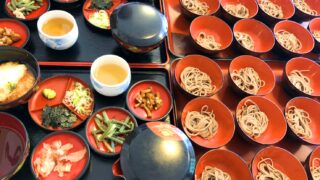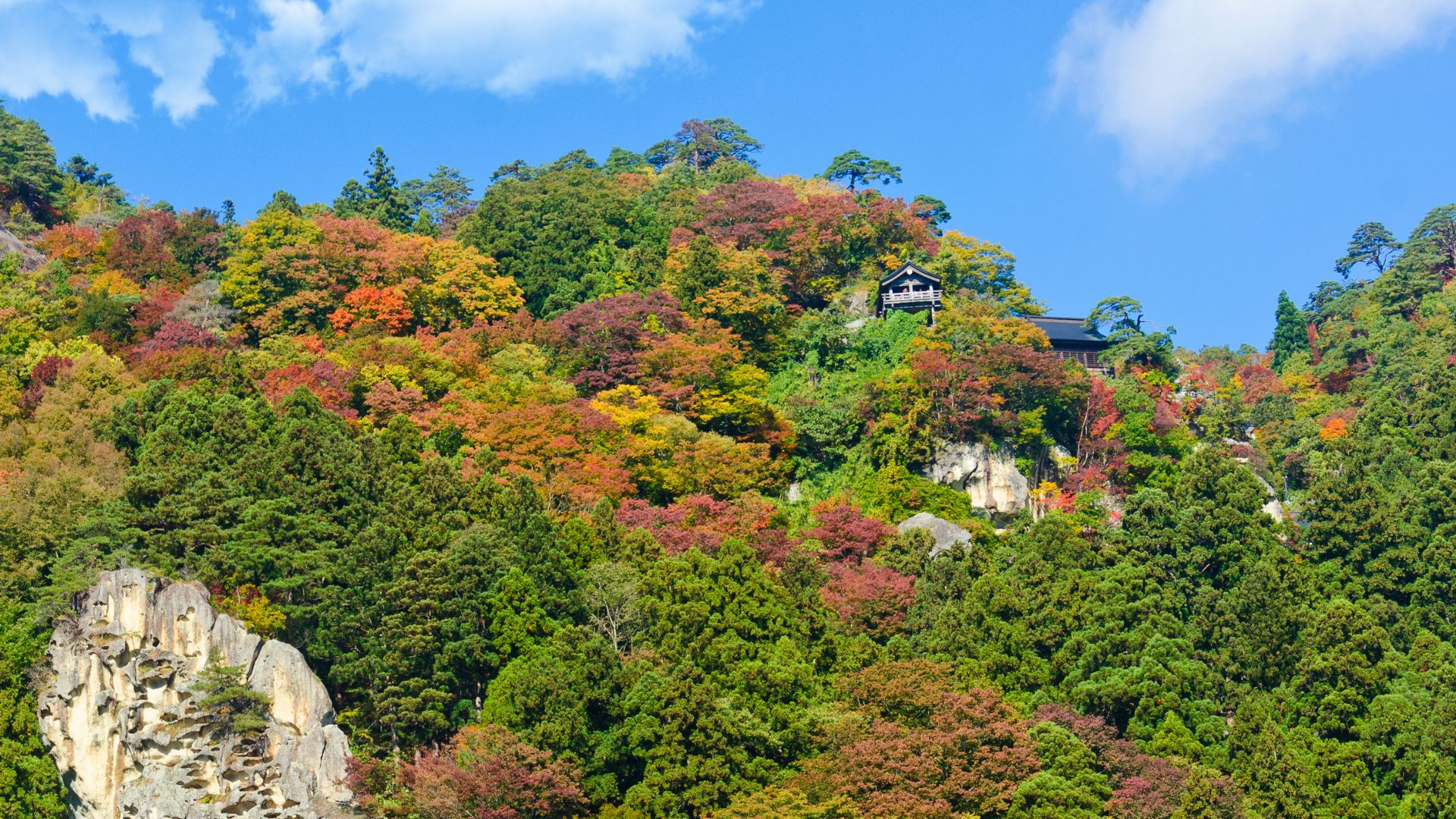What is Umami? Everything About the Fifth Taste
There is a secret to delicious Japanese food that is indispensable. It is umami! Umami is a term used to describe a unique taste in Japanese cuisine and foods. In traditional Japanese food culture, it is the umami drawn from various ingredients that gives a dish its depth, and the importance of enjoying the rich flavors in the mouth. It will be a great experience. This article focuses on how Umami plays an important role in Japanese cuisine.
What is umami?
Umami is the hidden gem of Japanese cuisine, the fifth basic taste. It has been more than 100 years since its discovery in Japan, but now it is gaining attention from chefs and food curious people all over the world. The secret of Umami lies in its unique chemical components such as glutamic acid, inosinic acid, and guanylic acid. These ingredients work in perfect harmony with the ingredients to bring depth and rich flavor to dishes. We trust that international guests exploring Japan will relish the unique taste of umami found in Japanese cuisine.
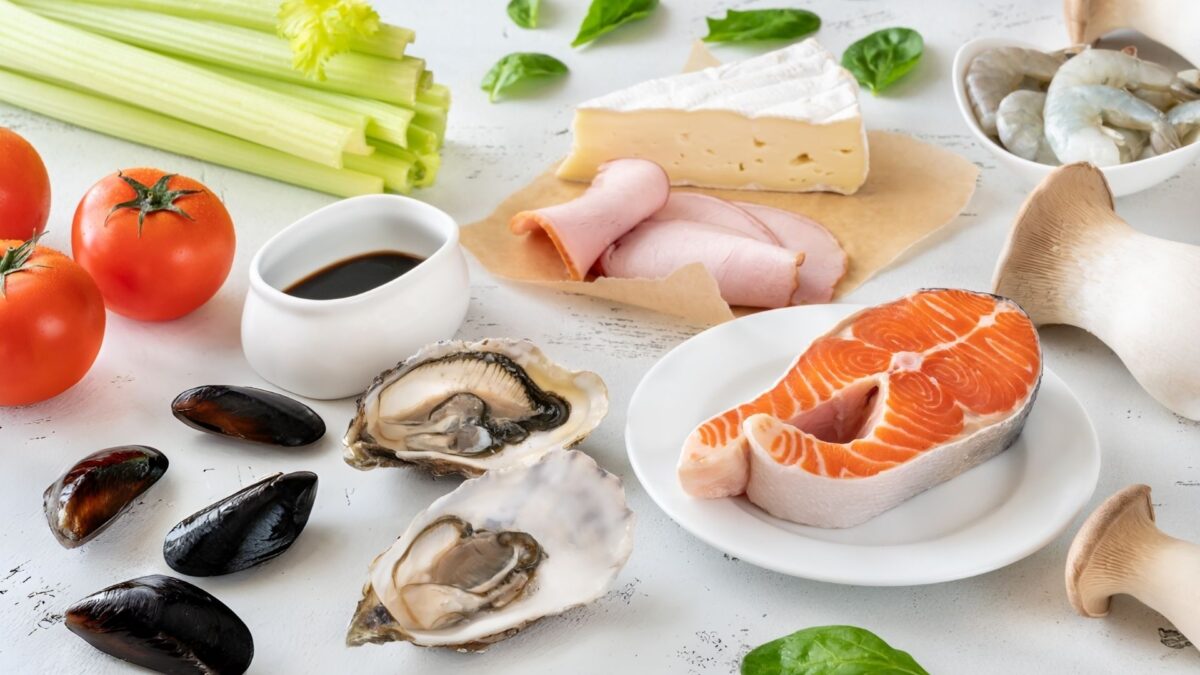
History of Umami
The quest for umami began with Dr. Kikunae Ikeda of Tokyo Imperial University (Today it is University of Tokyo), who focused his research on kelp. The influence of kombu (kelp) on cooking had long been known in Japan, but Dr. Ikeda dove deeper, and in 1908 revealed that glutamic acid extracted from kelp was the essence of kelp dashi. With this remarkable discovery, he named the unique taste “umami” and made umami known to the world as part of the basic taste. Following Dr. Ikeda’s research, Japanese scientists have successively clarified the components of umami. Inosinate and guanylate were also found to be sources of umami. This is how the history of umami research developed.
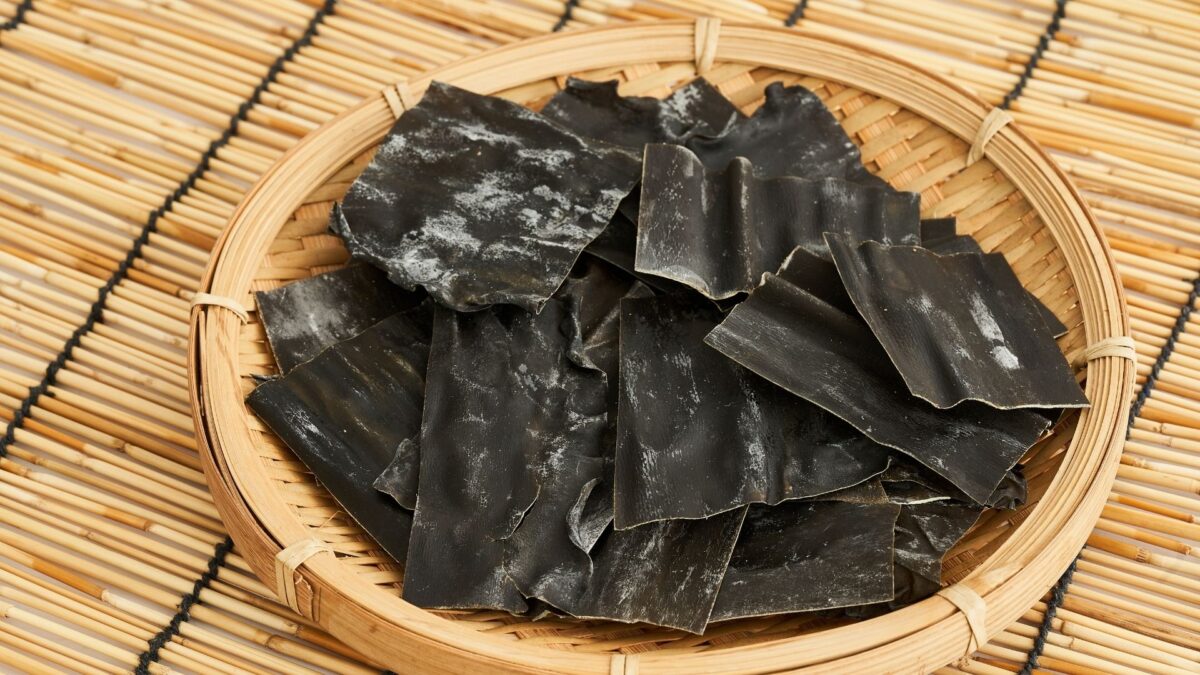
Best foods to taste umami
In this section, we will introduce Japanese foods and ingredients that are full of umami. If you want to taste umami gourmet foods during your trip to Japan, please refer to this section!
Miso
Miso is said to have originated in China and was introduced to Japan. It was once a secret luxury of the privileged class and exerted its prestige as a medicine and side dish. However, during the Kamakura period, the customs of samurai warriors at their tables changed and a trend toward “one soup dish and one vegetable dish” was born, expanding the stage for miso and eventually making it an indispensable part of the Japanese diet. While every miso has its own unique flavor, the most common ingredient is glutamic acid. This enhances the deep flavor of miso and adds depth to the art of Japanese cuisine. Miso soup is a typical miso dish, and to the surprise of many, its umami component surpasses even chicken soup. Miso soup has a special place on the Japanese table as an umami-rich, Japanese-style soup. Miso’s journey has played an integral role in Japanese food culture, providing a feast of rich flavors.
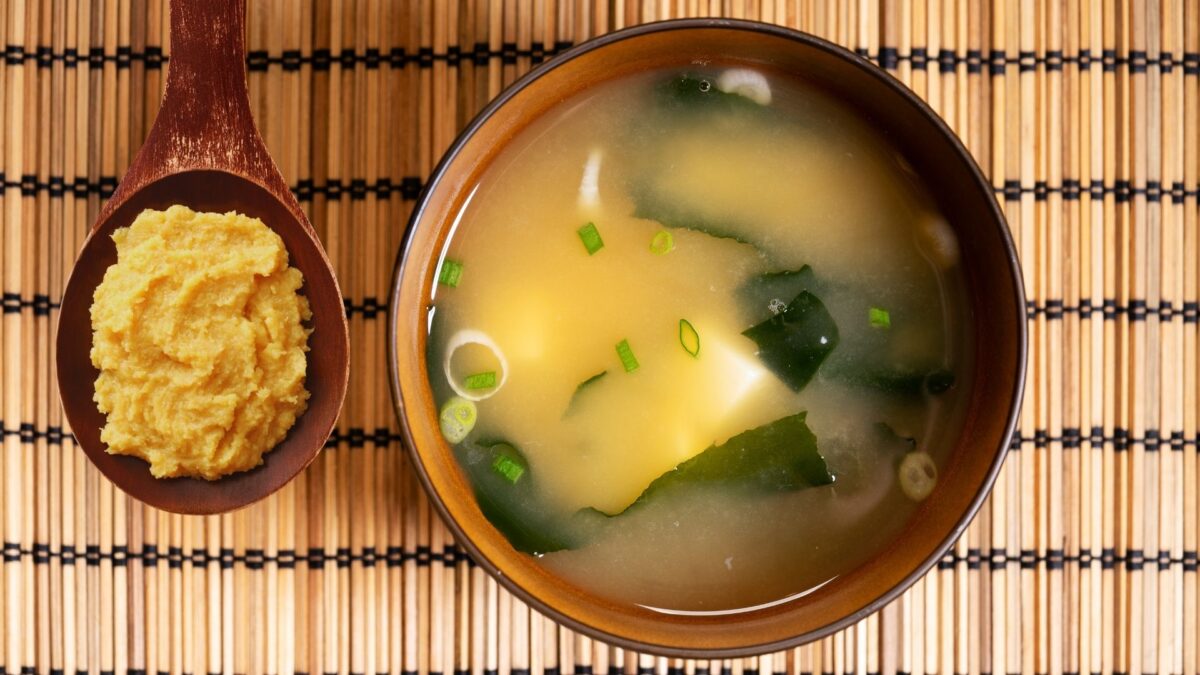
Mushrooms
Mushrooms are an essential part of the Japanese diet. This is because mushrooms are rich in both glutamic acid and guanylic acid, which together create a synergistic effect of umami. Like a jewel box of umami, the umami taste is intensified many times over in the mushroom. While a single mushroom is enough to give you a great umami taste, the combination of several kinds of mushrooms will enhance its umami strength even more! A dish that incorporates a variety of mushrooms in its preparation is a healthy meal that is full of umami. Japanese mushroom cuisine is a veritable festival of umami!
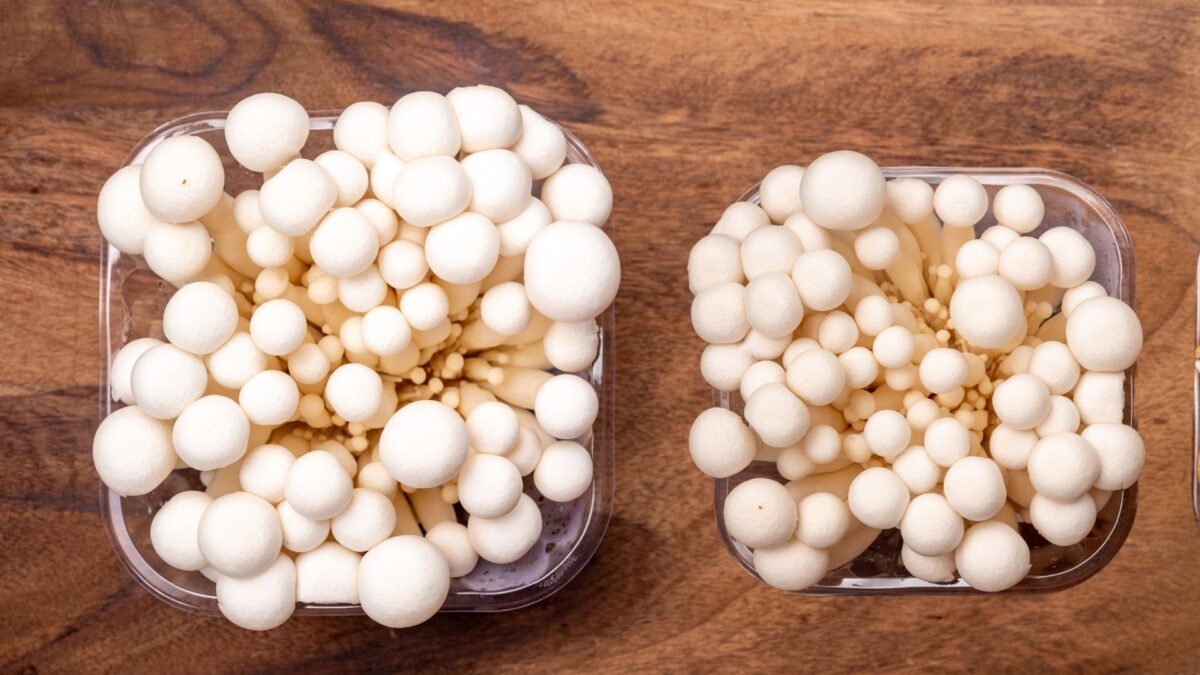
Nabe (hot pot)
In Japanese dining, nabe, a dish in which a delicious dashi (a basic stock used to enrich umami flavor) broth and abundant nutrients play together, is truly an exquisite dish full of umami flavor. A variety of ingredients such as vegetables, seafood, meat, and mushrooms blend together in perfect harmony to create an exquisite taste in the mouth. Nabe soups come in a variety of flavors, such as soy sauce, miso, and salt, but what they all have in common is the presence of dashi. This is what binds all the flavors together and creates a synergistic effect, resulting in a soup that is full of umami. In addition, the ingredients of the nabe also produce their own dashi. The unique flavors of the mushrooms, meat, and fish give the entire dish a rich color, and nabe is a nutritious and immune-boosting way to spend a cold winter’s day. Please enjoy the aroma and taste of nabe to the fullest in winter in Japan!

International influence
Umami discoveries has attracted great attention on the international stage: at the First International Symposium on Umami Taste in 1985, “UMAMI” was adopted as the English expression to describe umami, and it spread throughout the world. Japanese umami has become a page in the history of deliciousness, a step from kelp to the rest of the world.
Umami in Japanese culture
Dashi is the key ingredient in Japanese food culture. Dashi, the heart of Japanese cuisine, comparable to French bouillon soup, is the secret to a dish’s deliciousness. Whether it is simmered dishes, miso soup, or nabe (hot pot), the deep flavor of dashi enhances these dishes and brings us closer to the essence of Japanese cuisine. Umami, however, is spread all over the world. Tomatoes from Peru and European cheese, especially Parmigiano-Reggiano, Italy’s prized cheese, are rich in glutamate and are representative of the ultimate in umami. Why not embark on a journey of umami while tasting the delicacies of Japanese and international cuisine?
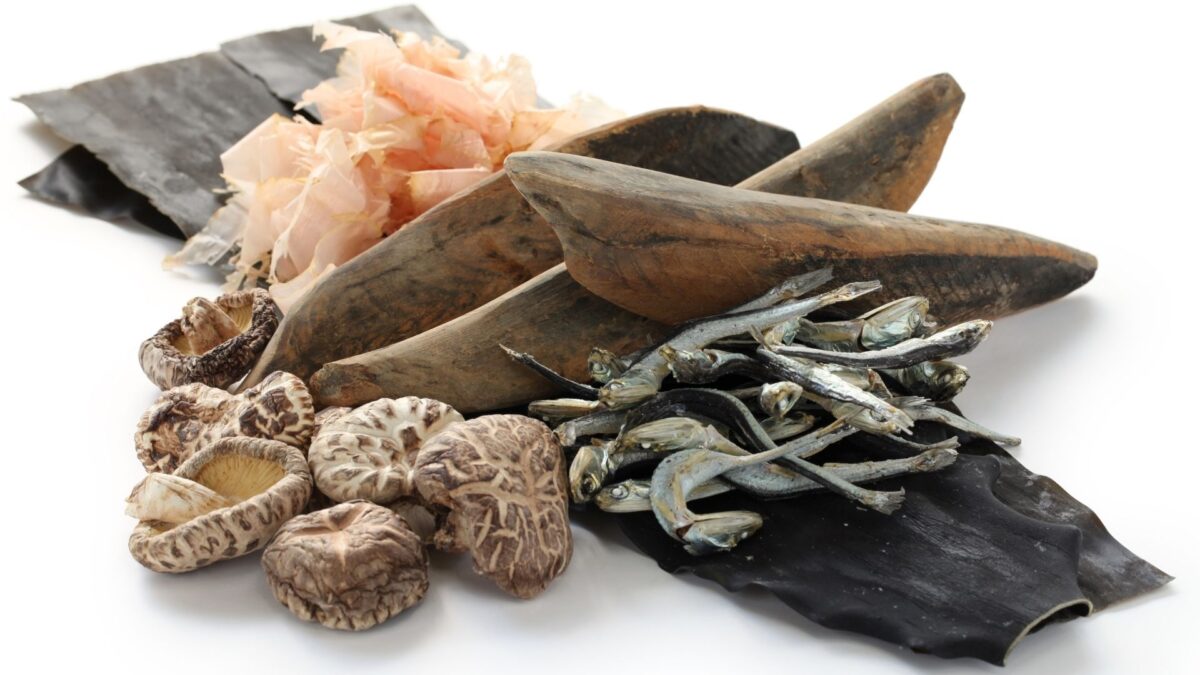
This article has written about the appeal of Japanese umami, what dish will you try first? We have touched on the depth of Umami nurtured by Japanese food culture and the importance of balance in cooking. The moment when each ingredient is in harmony with each other and the deliciousness that spreads in your mouth fills your heart. This is the charm of Japanese cuisine. A trip to Japan to taste umami offers a unique chance to experience the culture and history through its food. We invite you to explore umami on your culinary adventure and hope you enjoy a wonderful stay in Japan with delicious meals.
Japan Wonder Travel Food Tours
Japan Wonder Travel is a travel agency that offers guided tours throughout Japan.
From private walking tours to delicious Food and Drink tours, we can help organize the best tours just for you! If you want to explore Japan and learn more about the history and backstories of each area you are traveling in, our knowledgeable and friendly guides will happily take you to the best spots!
In addition, we can provide you with any assistance you may need for your upcoming trip to Japan, so please feel free to contact us if you have any questions or need some help!
▶Tokyo Tsukiji Fish Market Food and Drink Tour
Explore the most lively and popular fish market in Tokyo where you will have the chance to try some of the local’s favorite street foods and sake along with your friendly English speaking guide!

▶Shinjuku Bar Hopping Tour: Experience Tokyo’s Nightlife in Izakaya
Check out the best spots in Shinjuku while bar hopping through the lively and vibrant area. Try some delicious local food and drink as you explore the narrow yet photogenic alleys that the town has to offer. Experience Japanese izakaya culture and drink in Shinjuku like the locals!
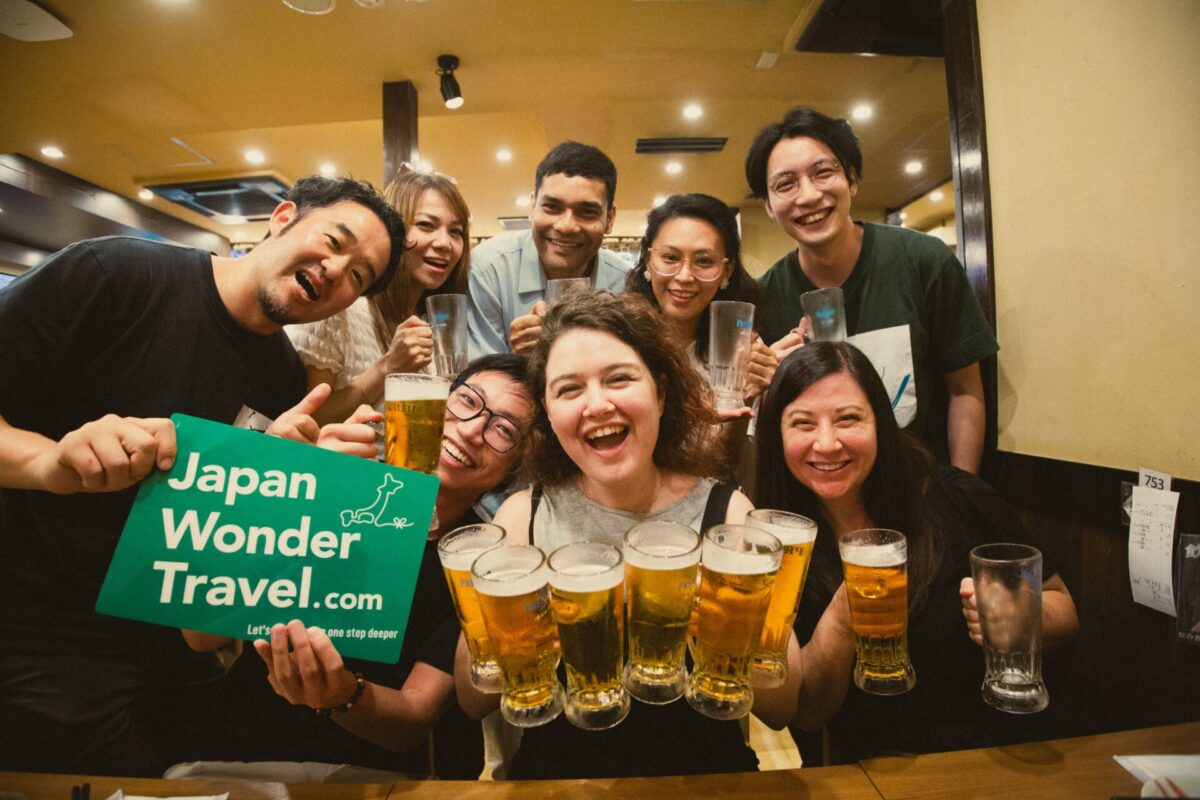
▶Explore Nishiki Market: Food & Culture Walk
If you’re looking to learn more about the culture and the local cuisine of Kyoto, this is the perfect tour for you! Take part in this Kyoto food and drink tour and explore the 400-year-old market and the surrounding areas.
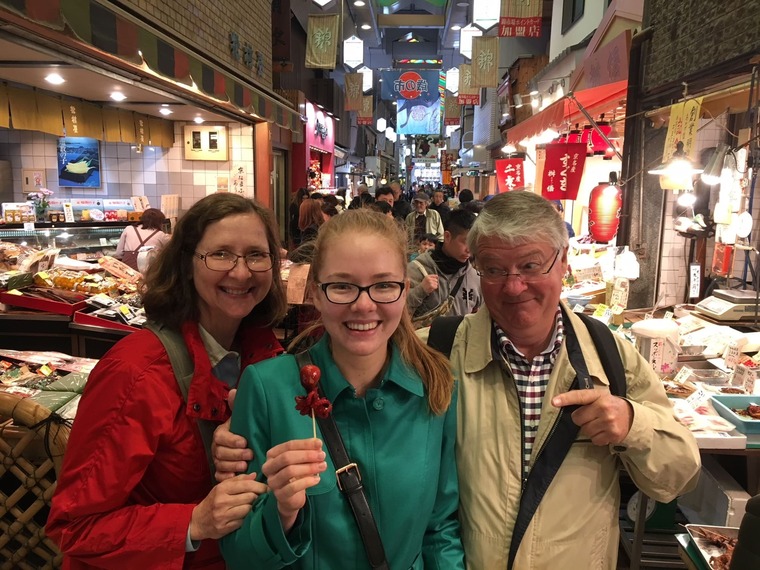
Follow us on Instagram, Facebook, Twitter, and TikTok for more travel inspiration. Or tag us to get featured!
Happy traveling!

